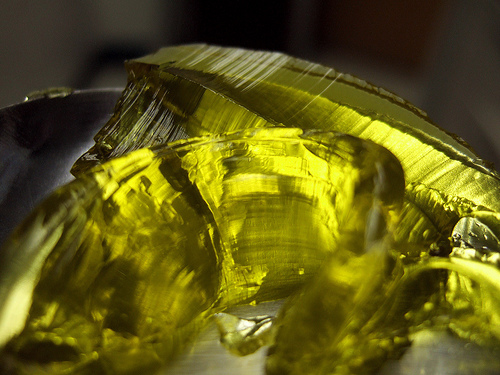
A picture of jello – not really like the NeoCart-jello but it’s a cool picture. The picture (cc) is by Amayzun
Today’s blog is about gluing cartilage onto trauma-caused joint cartilage defects. Crawford et al report a new treatment option where they grow chondrocytes, attach them to a soft jelly (collagen matrix) and then glue it onto the defect! They randomized 21 to the NeoCart jelly and 9 patients to standard microfracturing and followed them for 2 years.
The study is a phase II-study, i.e. it’s not yet on the market, and it’s only 30 patients randomized. I find it interesting since I enjoy seeing these high-tech options gaining ground.
Results
The study indicated proof of concept and good clinical safety. The power was low but the number of responders was about twice that of those in the microfracture group.
Some study issues
I guess one can’t ask much of a phase II study but… why microfracture!? Why not choose a more advanced therapy as this will probably not be the first line of treatment and there is evidence that microfracture is inferior to mosaicplasty? I guess the answer is that they would need more patients, the trial would take longer and be more expensive. The sad part is that the question of how it performs to better techniques will probably remain unanswered due to this “board room decision”.
Phase III study is ongoing
On Histogenics homepage, the creator of NeoCart, we can find that phase III studies are ongoing. What dissapoints me is that they compare to microfracturing and provide the patients the following about microfracturing:
… This type of cartilage is less durable, less resilient and less able to withstand shock and shearing forces than native articular hyaline cartilage.
This gives the patient a negative perception of the standard care alternative and unless the blinding is perfect the patient reported outcome will biased.
